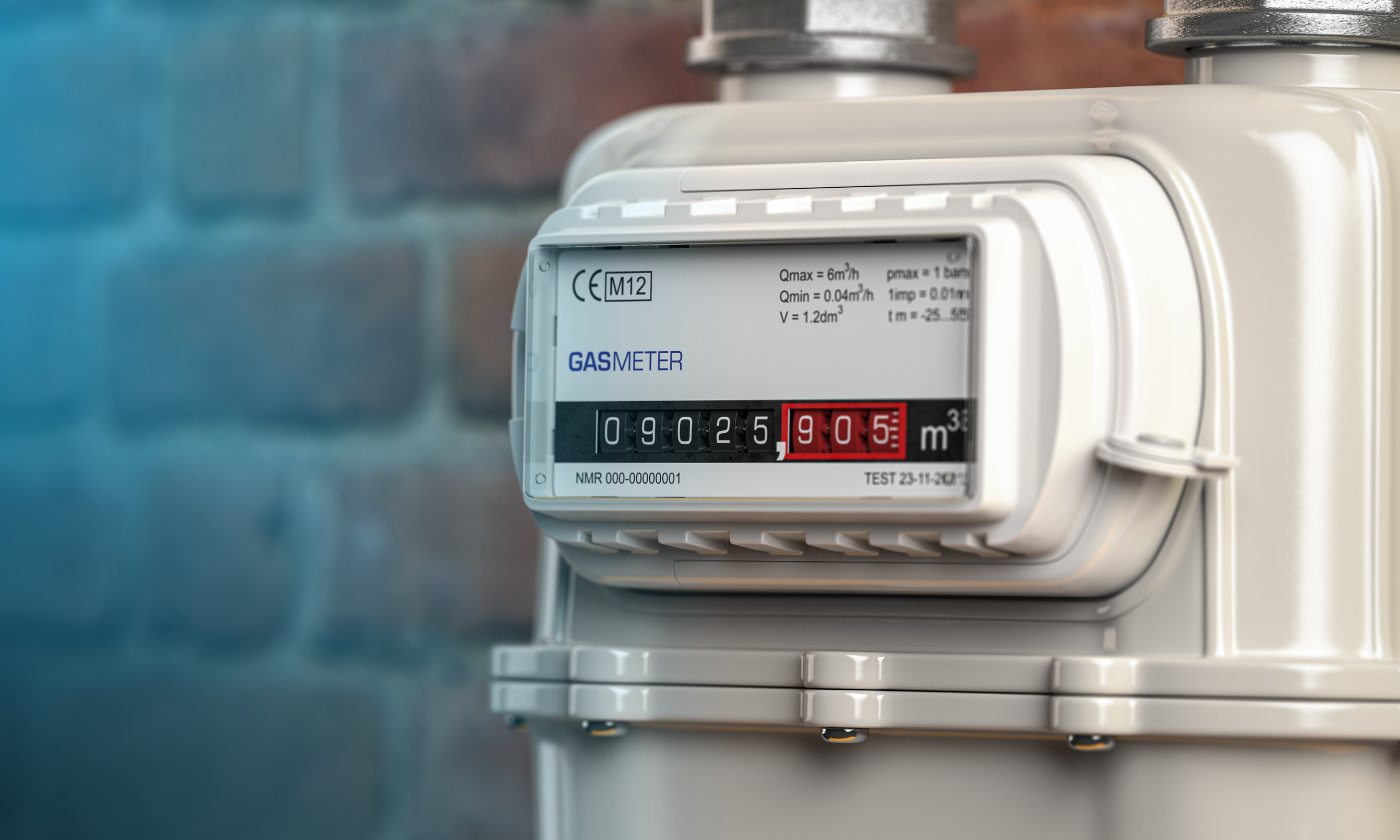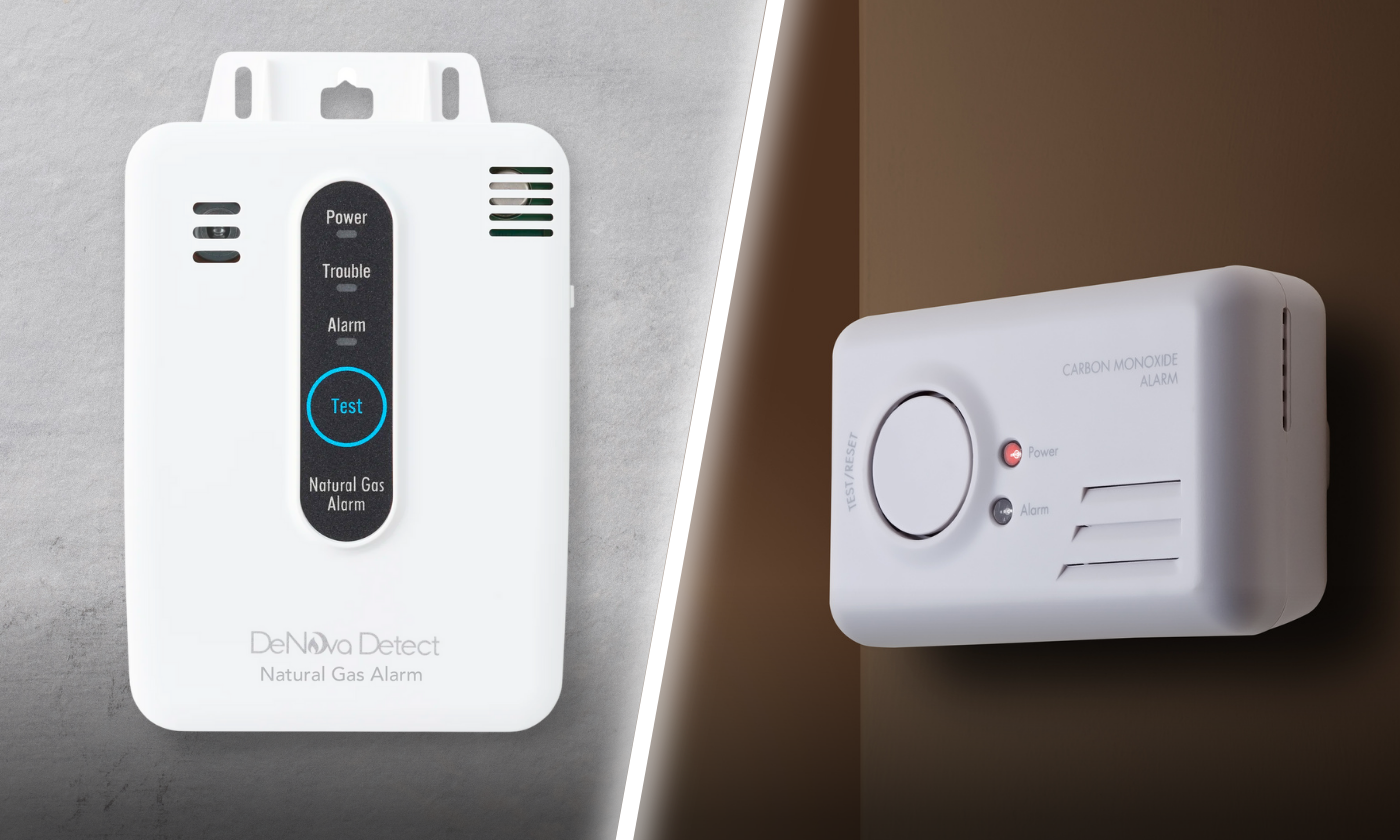Natural gas is a prominent part of our lives, whether we realize it or not. We don’t notice it most of the time, but natural gas doesn’t stay contained 100% of the time, causing natural gas leaks and a few health risks.
We commonly hear about natural gas leaks caused by unsafe gas appliances within the home. However, leaks can occur in various places, both inside and outside of your home. While these types of events are rare, they are scary and emphasize that all homeowners should be aware of what causes gas leaks, the signs to identify them, and what to do if you suspect a natural gas leak is in or around your home.
The best proactive measure to keep you safe is to know what causes them outside your home and how to prevent them from occurring in the first place. Here are a few possible causes of gas leaks outside the house.
Corrosion
As appliances age and gas pipes naturally wear out, they may become corroded or damaged over time due to water seepage or shifting soil.
Corrosion can create tiny cracks in the piping that allow natural gas to escape causing leaks to develop. This usually happens slowly over time, but a tiny leak can eventually become a major problem as it worsens. In addition to gas pipes, the lines bringing natural gas into a home can also rust over time and cause pipeline leaks for gas utilities. According to the Pipeline and Hazardous Materials Safety Administration, corrosion was actually the leading cause of gas leaks in the United States from 2009-2018.
Faulty Piping
The piping under your home is a complicated maze crisscrossing to carry gas and liquids from one place to another. Even the best quality pipes can erode due to natural wear and tear. In some cases, weakened joint seals around the pipes can become disconnected, allowing gas to escape into your home.
Unfortunately, not every home is built with quality piping work. If you have an older home, your piping will likely become corroded or damaged with time.
Human Error
Natural gas leaks are not always due to wear and tear or appliance-related issues. Gas leaks can also be caused by man-made mistakes during installation or repair work on your home’s plumbing system. Poorly installed fittings or incorrectly tightened connections can lead to small gaps in piping that allow natural gas to escape into the atmosphere.
Humans cause gas leaks when they dig into the ground and accidentally hit a gas line. Accidents occasionally happen, and the line or pipe can become compromised, causing a leak. This is why you’ve probably seen the signs that say, “Call before you dig.”
While there are plenty of potential threats to your home safety, you can always stay vigilant for the signs of a natural gas leak.
Related post: The Role of Utility Companies in Preventing Natural Gas Leaks
Signs of a Gas Leak
- Hissing or Roaring Sound: Gas leaks aren’t often loud, but if you can hear one, most often, it will be a hissing sound of moving air. If neglected, that leak could contact an ignition source and increase the chances of a fire.
- Dead Vegetation: Natural gas leaks can cause many problems. If your home has many plants around its foundation near your gas line, regularly check their health. Dying plants indicate that gas is escaping and poisoning these plants.
- Bubbles in Water Or Dirt: When it rains or there is a lot of water around, check near your gas line for any puddles in mud or standing water near it. If you see bubbles popping up around the surface, you likely have a gas leak. Bubbles indicate escaping gas that can vary in severity. Slower bubbles are common with small leaks, while faster bubbles showcase a large leak.
- Dirt Blowing: A gas leak from an underground pipe can cause dirt to be thrown into the air or plants to be blown, as if by a breeze. Unusual air movement from the ground near the home is a possible sign of a gas leak.
- Fog Or Mist: When natural gas leaks into the air, it can mix with water vapor and condense, forming a cloud or mist. This can indicate a natural gas leak from an underground supply line.
- Flames or sparks: Small fires popping up in your yard can be scary and difficult to manage. This is particularly true if these fires indicate a gas leak. A clearly defined blue or yellow flame coming from the ground, or a flame appearing to hover above the ground, is a clear sign of a gas leak in an underground pipe. A small leak can become a big problem if you don’t manage it right away, literally adding fuel to the flame.
Natural gas makes our daily lives easier. While there are a few potential hazards, if you take the risk of gas leaks seriously, you’ll be in a much better position to deal with a gas leak should one occur around your home.
As for in-home gas leaks, installing a DeNova Detect natural gas detector will keep you and your family safe.





Leave a comment
This site is protected by hCaptcha and the hCaptcha Privacy Policy and Terms of Service apply.